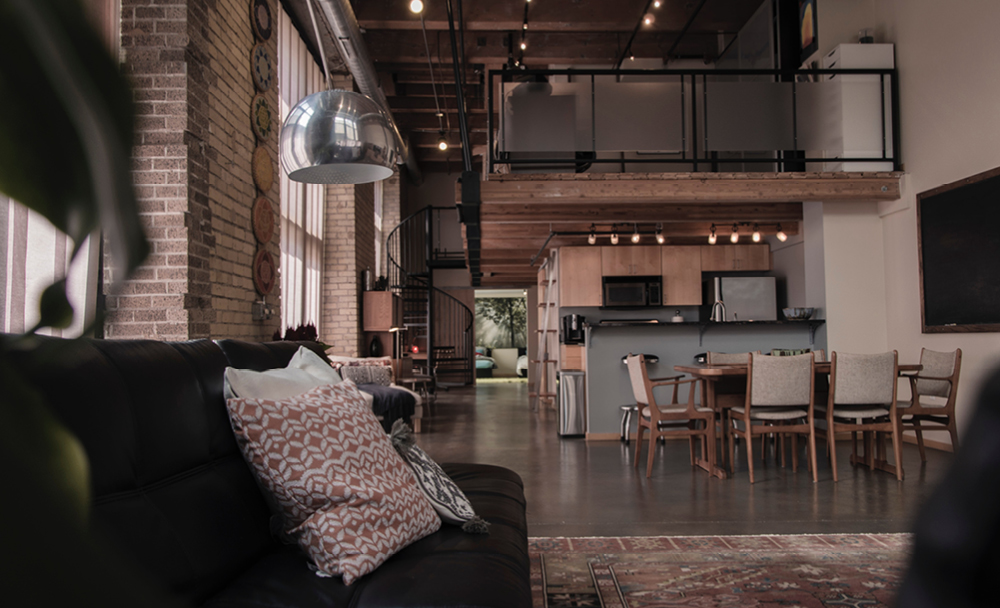Sharp rise in office-to-residential conversions across NYC since the pandemic
With vacancies still elevated and many older office properties struggling to compete in a tenant-favored market, conversions have become a defining trend reshaping Manhattan’s real estate landscape. Recent policy changes, declining office values, and the city’s pressing housing shortage have together accelerated activity, pushing conversions from a niche solution to a mainstream strategy.
Key Findings
- Conversion Momentum Accelerates: Conversions that once averaged under 1.2 msf annually have spiked to record levels in recent years— to 1.6 msf in 2023, 3.3 msf in 2024, and 4.1 msf as of August 2025—with another 8.8 msf on the horizon.
- Policy and Market Drivers: Incentives such as the 467-m program, along with falling office values, have made conversions more feasible, while zoning reforms have broadened eligibility across Manhattan.
- Shifts in Location and Asset Type: While Downtown dominated earlier waves, Midtown now accounts for over half of post-2020 conversions. At the same time, Class A assets—which represented only 5.5% of pre-2020 projects—now make up more than one-third of conversions and a majority of those planned.
- Vacancy Relief: If all proposed projects advance, Manhattan vacancy would ease slightly from 22.3% to 21.5%, with Downtown seeing a more pronounced drop of 230 basis points to 20.5%.



